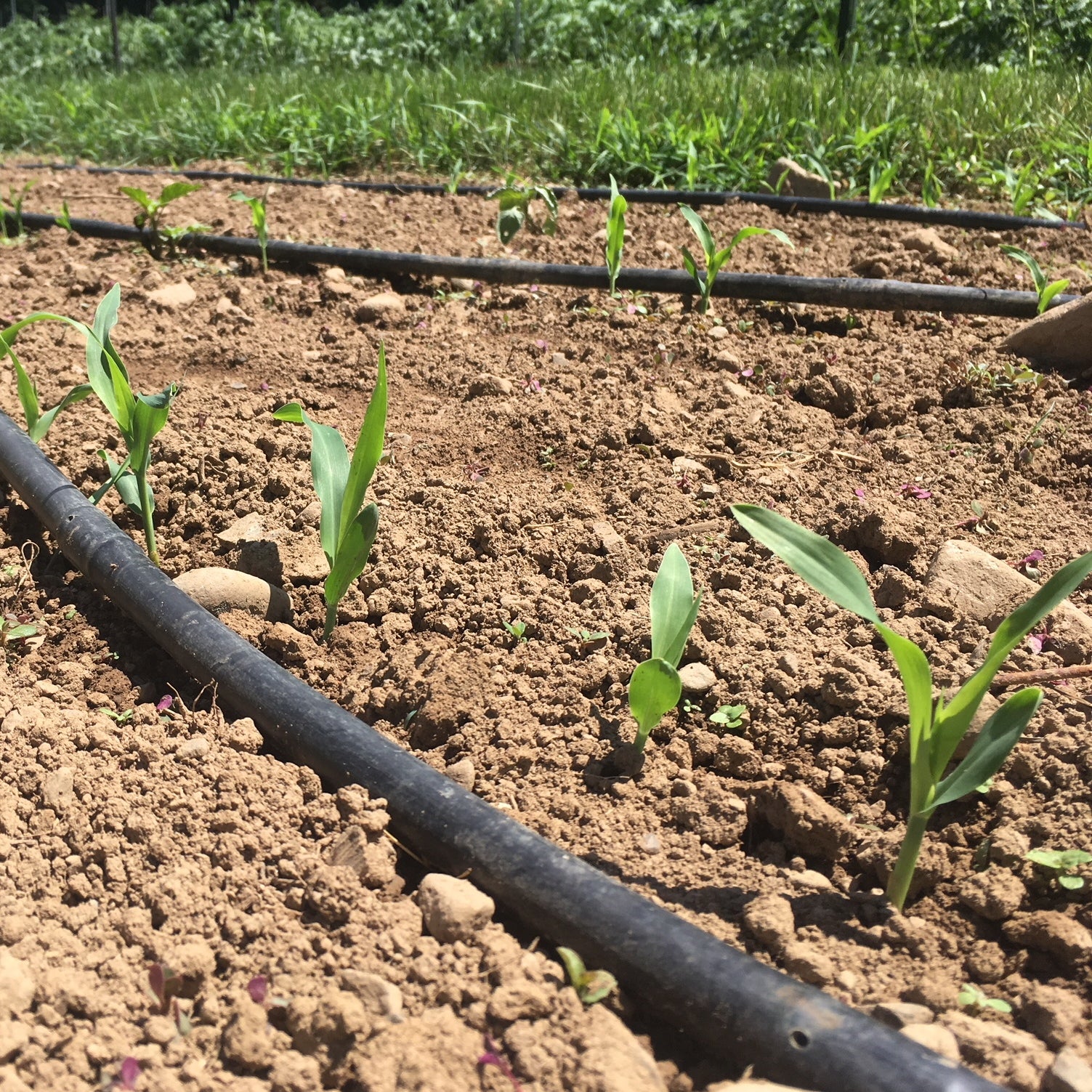
How to Start Seeds in Summer
 It’s hot. While gardeners spend many long winter months dreaming of the growing season, it is not always easy to muster up enthusiasm for daily garden chores when midday temperatures regularly surpass 90 degrees. Plants, animals, and people droop and get thirsty under the intense sun and protest by moving or growing as little as possible. But, now is also the time to start a fall garden, so for the gardeners, we recommend you work in gentler times, like cool mornings and evenings, and for the germinating seeds, we recommend trying these gentler conditions:
It’s hot. While gardeners spend many long winter months dreaming of the growing season, it is not always easy to muster up enthusiasm for daily garden chores when midday temperatures regularly surpass 90 degrees. Plants, animals, and people droop and get thirsty under the intense sun and protest by moving or growing as little as possible. But, now is also the time to start a fall garden, so for the gardeners, we recommend you work in gentler times, like cool mornings and evenings, and for the germinating seeds, we recommend trying these gentler conditions:
2. Bury seeds deeper when sowing in summer than you would in the spring or fall. The surface of the soil heats up and dries out quicker than the protected layers beneath.
3. Plant quick crops (like greens or radishes) in front of tall sunflowers, next to tomato plants, or by a vine wall to give the seeds extra shade and help keep moisture in the soil longer. Just don’t squeeze them in! Giving all crops enough space makes for healthy plants and ample harvests.
4. Water. For strong germination and to avoid heat stress – water your seeds and seedlings daily!
5. Shade your seeded area and young seedlings with shade cloth or by planting in a partially shaded area. Although full sun is usually important for common garden vegetables, it can be too much for seeds or very young plants to bear at this hot time of year. Providing a little shade is a good way to prevent heat stress and soil brittleness. But, make sure you are still allowing for air flow. Damping off, an issue that stunts or kills seedlings, is often brought on by prolonged moist conditions and can be a big issue at this time of year.
7. Cover up quick crops. Placing row cover directly on top of freshly seeded beds can help hold in moisture and improve germination rate of quickly growing crops such as arugula or asian greens.
8. Sow indoors. Some crops, the ones that particularly enjoy cooler days, are better off sown indoors, under gentler and more controlled conditions. Try this with broccoli, brussels sprouts, cabbage, cauliflower, chard, collards and kale, cucumbers, fennel and rutabaga. Plant them in the garden after three weeks, but let them get used to the sun gradually, but taking them out for a few hours and then extending exposure over the course of a few days.
9. Transplant later. For the least stressful transition from pot to soil, wait till a cool evening or, ideally, a cloudy day before planting.
For a full list of seeds to sow now, check out our collection of heat-tolerant varieties.






